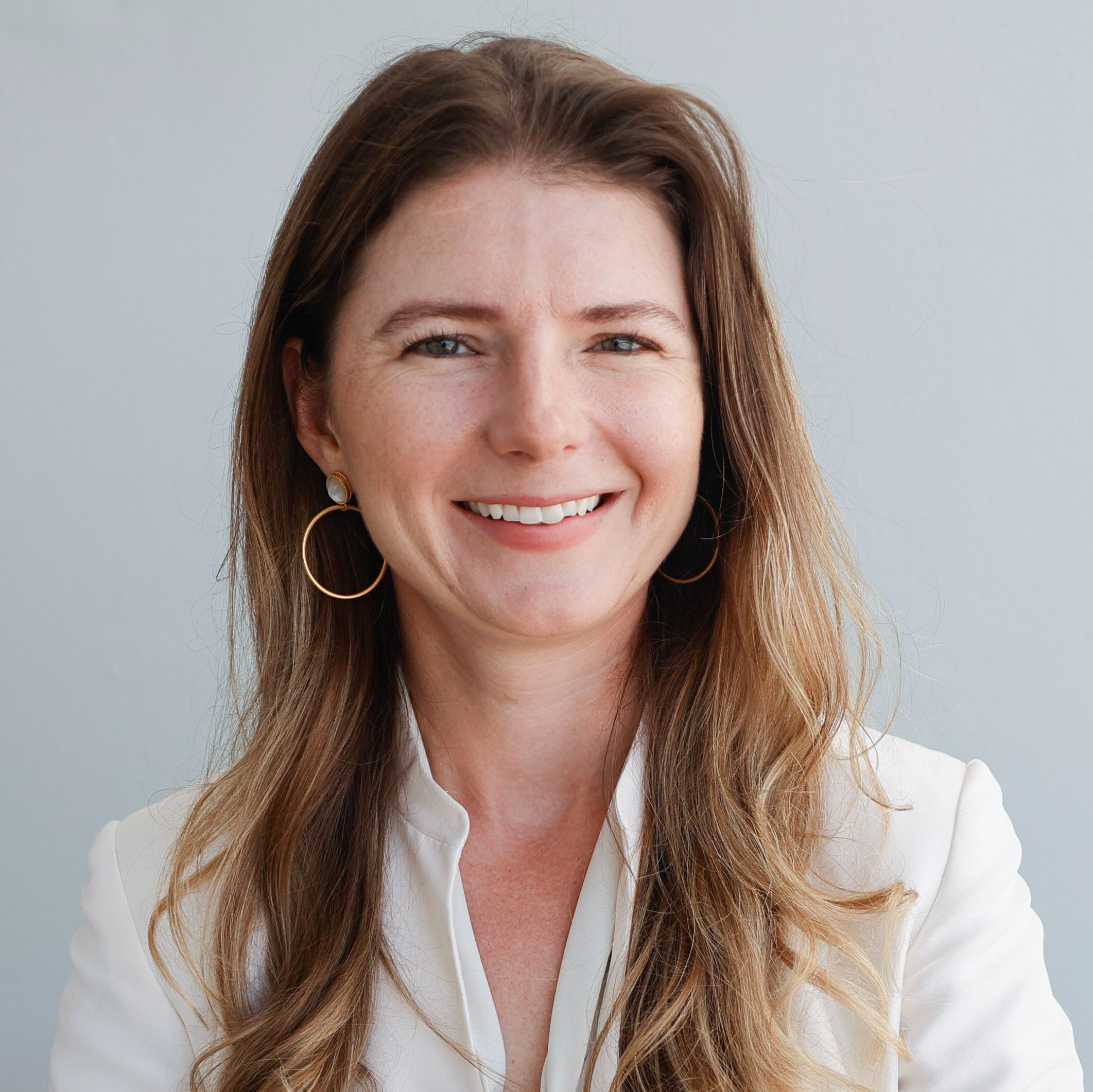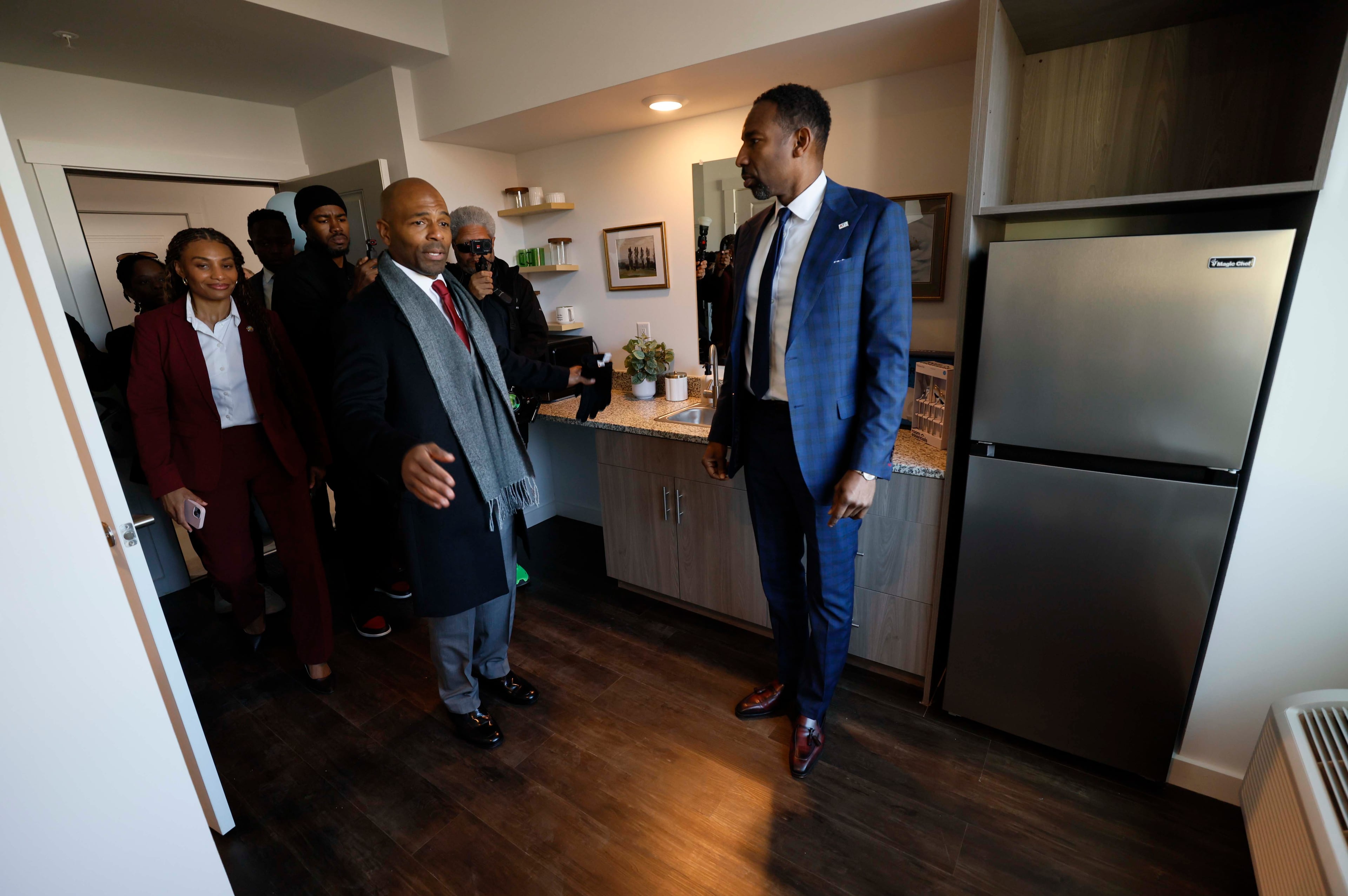Six months since Delta Connection crash, lawsuits question pilots
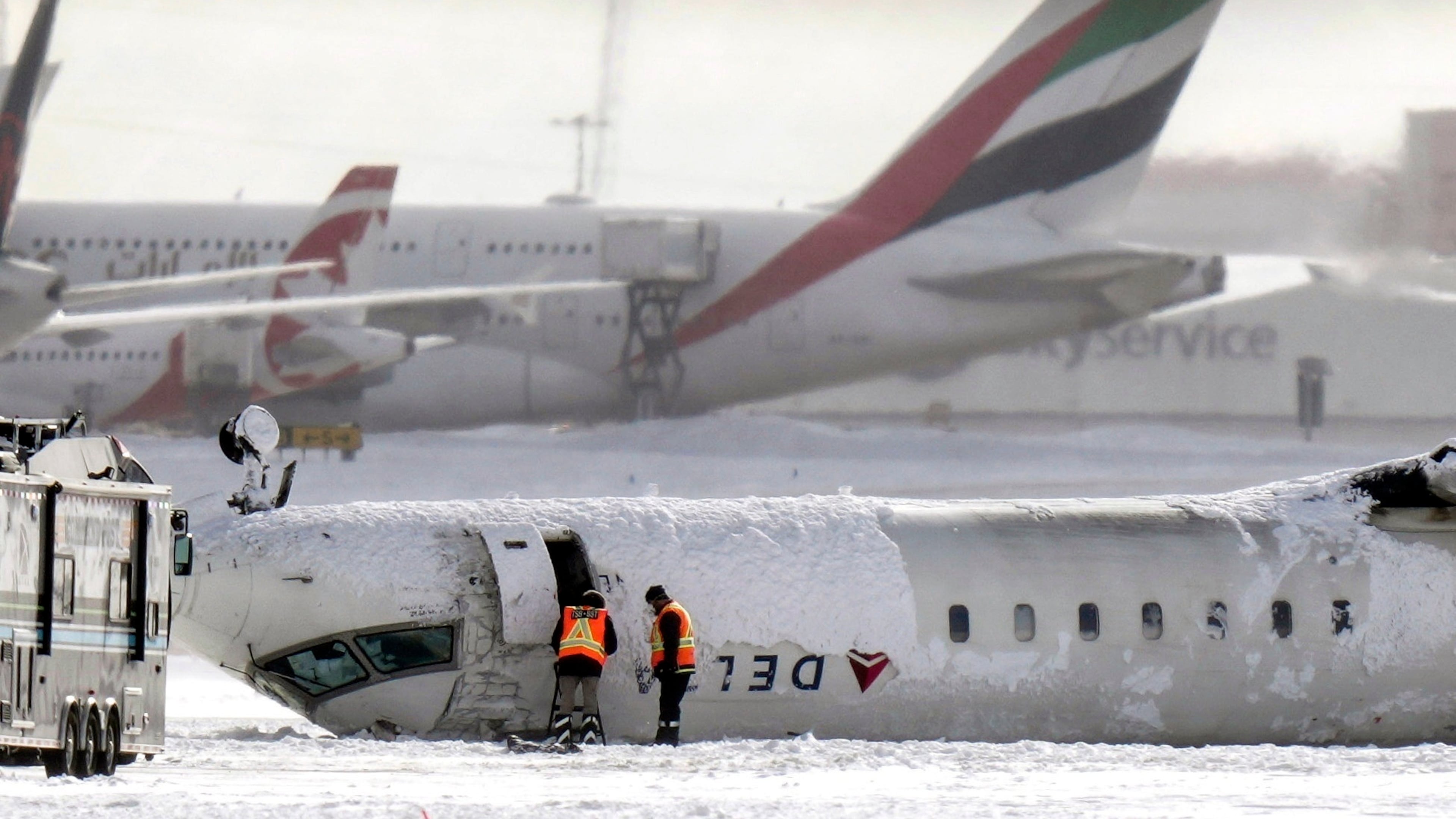
On a windy, frigid day six months ago, Delta Connection Flight 4819 was coming in for landing at Toronto Pearson International Airport from the Twin Cities.
Passengers reported everything on Feb. 17 seemed normal — until suddenly it wasn’t.
As the plane touched down, its right landing gear fractured and the right wing broke off, releasing a cloud of jet fuel that caught on fire as the aircraft slid and rolled along the runway, a preliminary report shows. A video taken from a nearby cockpit captured it all.
The Bombardier CRJ-900 came to rest upside down. Passengers were “hanging like bats” from seat belts, as survivor Peter Koukov described it. All 80 people aboard safely evacuated from the inverted aircraft before an explosion occurred near the left wing.
Six months later, the cause of the crash is not known. The Canadian Transportation Safety Board released a preliminary report this spring, but its final findings aren’t set to come out until the fall of 2026.
But nearly 20 lawsuits have already been filed against Atlanta-based Delta Air Lines and its subsidiary, Minneapolis-based Endeavor Air, which was operating the flight.
The complaints allege passengers were exposed to jet fuel and fire retardant and had to wait outside in subzero weather before 21 were taken to hospitals. While many reported minor injuries, some alleged in the complaints of broken bones, back injuries and traumatic brain injuries.
But they all allege a similar story about who’s to blame: the airlines themselves — and specifically the two Endeavor pilots.
Both carriers in court filings have denied wrongdoing and liability.
For industry observers interviewed by The Atlanta Journal-Constitution, the crash is also evocative of broader challenges with pilot training and certification in today’s aviation industry. One Endeavor flight attendant aboard the plane and a former Endeavor pilot contend the crash reflects structural pilot training issues there.
According to the TSB, an alert in the cockpit warned seconds before the crash that it was descending at a high speed.
Given that, “I don’t see how the airline can deny that any negligence contributed to the crash,” said Jim Brauchle, an aviation attorney with Motley Rice who represents a majority of passengers who have filed suits.
Delta declined to comment on the allegations to the AJC, as did CEO Ed Bastian in a recent interview.
“I’d love to comment to be able to defend our people,” he said. “But I’m not really allowed to, because it’s still an active investigation.”
The pilots’ union, the Air Line Pilots Association, also declined to comment, citing the pending investigation.
Efforts to reach the pilots directly, through their union and Delta, were unsuccessful.
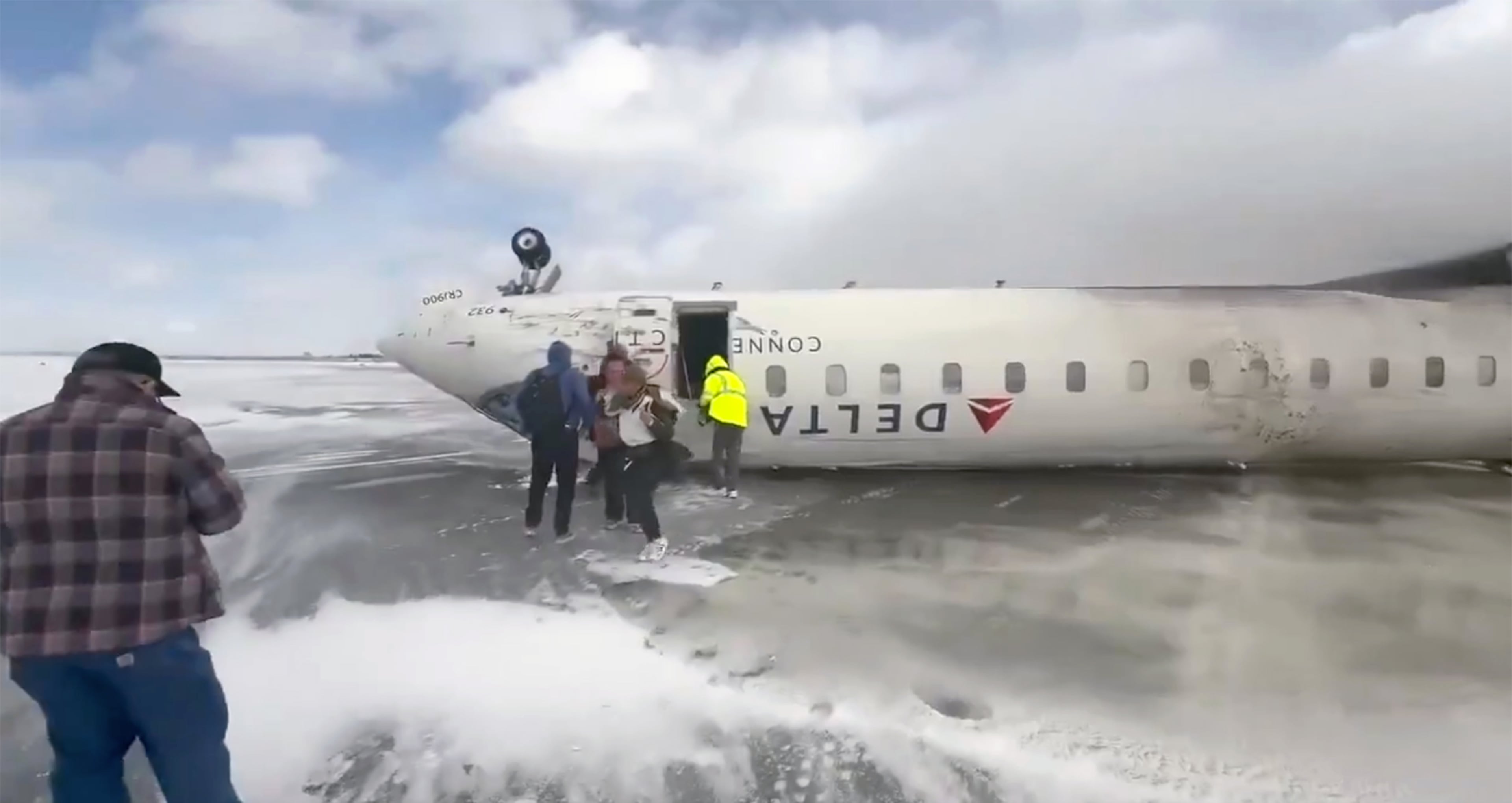
‘Questionable’
John Nance is a pilot and attorney who has been a go-to aviation safety expert for decades.
“Most of our errors that are attributed to pilot error, are in fact, just human,” he said.
“You’ve got a human being who didn’t intend to do anything wrong, but because we are incapable of being 100% perfect, 100% of the time, we’re going to make errors.”
Plus, he noted, “I’ve never seen and never will (see), just a one-cause accident.”
Still, Nance said the crash video shows the airplane descending “excessively.”
He said there are some “potential flags” regarding the two pilots’ hours of experience, but until the investigation is complete, he is “reluctant” to point blame.
With varying wording, the passenger lawsuits generally allege “gross negligence and recklessness” of the Endeavor Air crew, who failed to “observe the most fundamental procedures for landing approach” and failed to “appropriately monitor flight conditions on approach.”
The crew was “inadequately hired, trained, managed and supervised” by its employer, the complaints allege.
Both Endeavor pilots — whose names have not been released — are still employed by the airline, Delta confirmed. Delta did not answer a question about whether or not they are actively flying.
Both are “qualified and FAA certified for their positions,” the airline said immediately after the incident.
According to the TSB, the captain had worked at Endeavor and a predecessor airline for 18 years and was also a simulator instructor.
But his total flight hours raised the eyebrows of Bo Corby, a Washington-based FAA evaluator and former pilot and union training chairman at Northwest Airlines, which merged with Delta in 2008.
Even though the captain had been with the airline for nearly two decades, he had fewer than 4,000 flight hours, Corby noted.
“To me, that’s kind of questionable,” he said. The average airline pilot would have more than 10,000 hours over that tenure, Corby estimated.
The lower total could be because of his work as a simulator instructor, Corby said. Depending on the airline, instructors are required to fly a “certain amount,” but far less than normal, he said.
The captain had also only flown just 3.5 hours in the past 30 days, something Brauchle has highlighted in his suits. “Most pilots would agree that flying is a diminishing skill,” he said.
During the approach, the first officer had the controls, according to TSB.
But Corby questioned why the captain didn’t take over. Corby said he “definitely” would have done so if the plane was coming in at such a high speed.
But still, he qualified, “I wasn’t there, and it’s not fair. Maybe he had a distraction. We don’t know.”
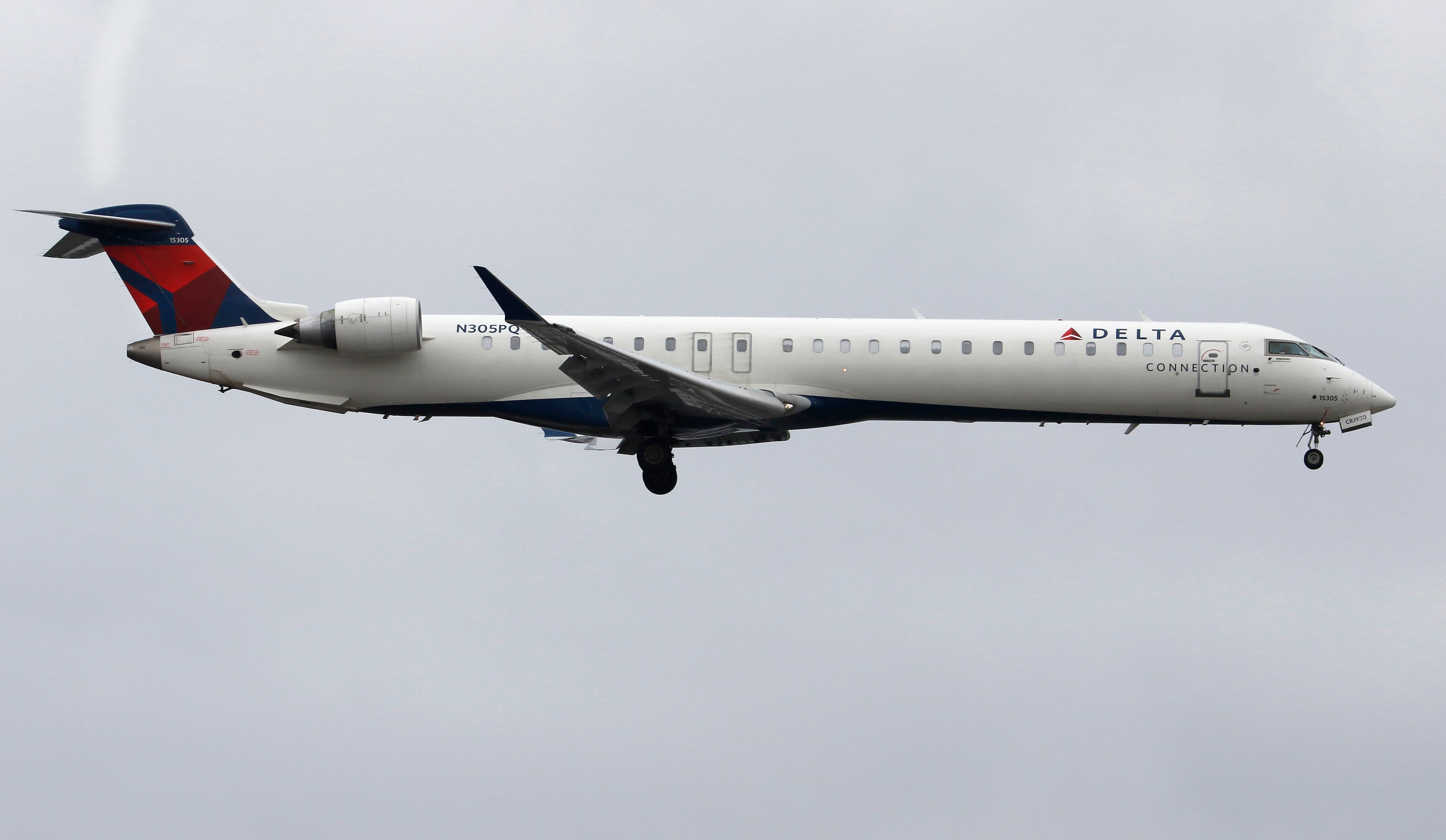
The 1,500-hour rule
The first officer joined Endeavor Air in January 2024, according to the TSB.
She had more than 1,422 hours of flight time. She had flown more than 56 hours in the previous month, including three round-trip flights in and out of Toronto, much more recent flying time than the captain.
She was, however, below the FAA’s 1,500-hour rule, the flight time minimum generally required to fly a commercial airliner, passenger attorneys note.
The government drastically increased the minimum hour requirements for pilots after the 2009 Colgan Air crash in Buffalo, New York, that killed 50 people.
Pilots can get waivers below that threshold, including for people with degrees in aviation or military flying time.
But over the years, many have taken issue with the rule, and how effective the threshold is at vetting pilot experience.
“I’ve never been a proponent for the 1,500-hour rule, because you can have a 400-hour pilot that has a skill level of a 4,000-hour pilot,” Corby said. “It depends on the quality of the hours they’ve had and the instruction that they’ve had.”
Nance argues it created “a whole sub industry of people flying around in circles with small airplanes so they could build their time up.”
Attorney Andres Pereira with DJC Law represents one of the passengers.
He also wants to know why these two pilots were paired by the dispatch system: “One who was much more experienced on a simulator and the other one with very little experience.”
“I think that that’s a big question in the case at this point,” he said.
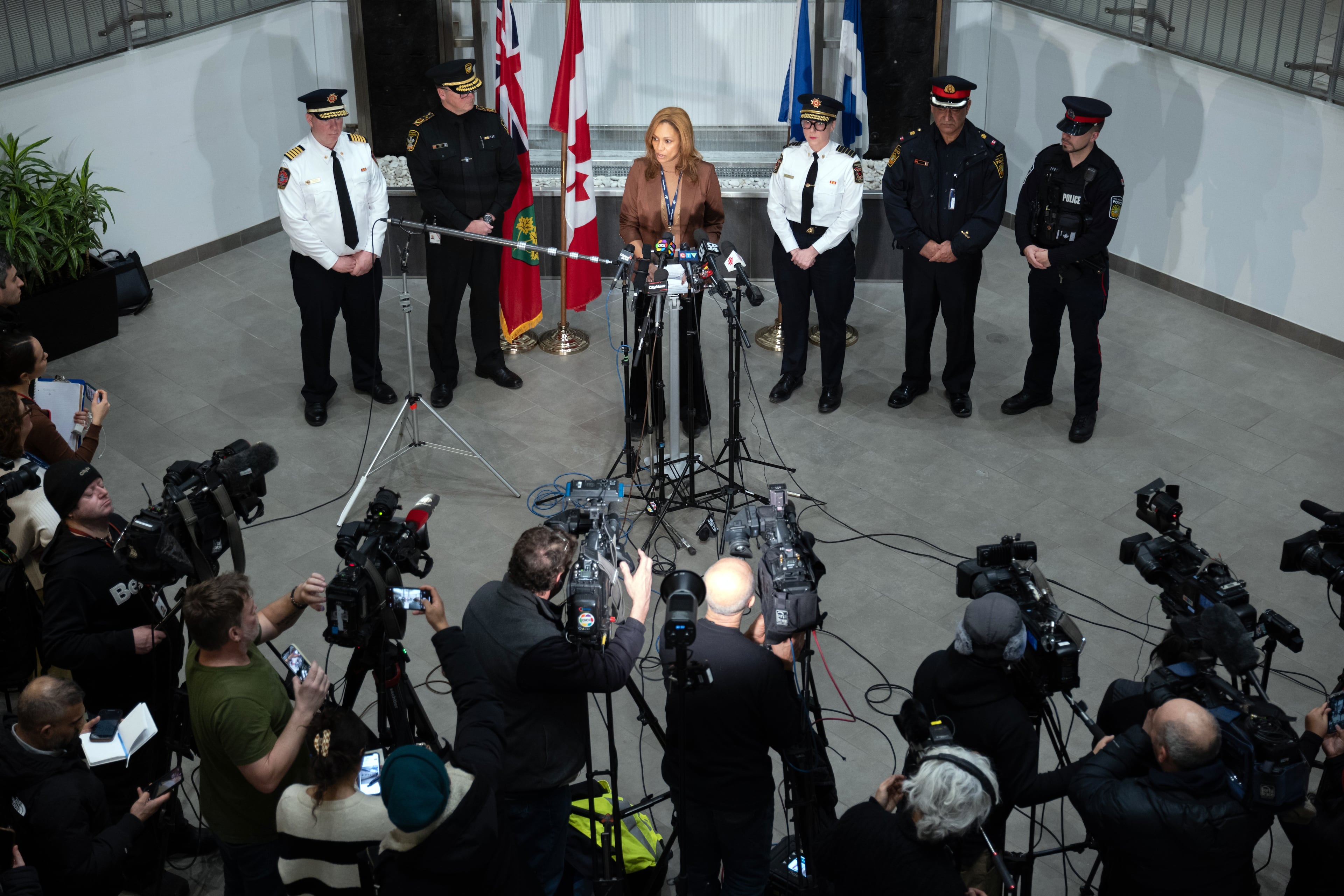
‘People forget’
To Marc Saeed Sultana, a former Endeavor captain and test pilot, the Toronto crash was sadly not surprising.
“It comes to training oversight,” he said, something he said he spoke up about repeatedly at Endeavor.
Safety issues were “always there, even way back when I started and I was logging hours with so-called senior captains,” he said.
Sultana pointed out that when he complained about a captain he thought wasn’t following safety procedures, he was pressured to back down.
He told the AJC he worked in pilot recruiting until recruiters told him to stop asking technical questions of candidates. “And then I began to realize … as long as they’ve got hours, they’ve got jet time, we want to hire them,” he said.
After working at Endeavor and a predecessor airline for about a decade, Sultana was fired in 2018 after failing simulator evaluations. He alleges it was retaliatory for being outspoken about safety and sued the company. But his case was dismissed because the court found he failed to adhere to the court’s orders or comply with its rules. He also lost on appeal.
In a lawsuit after the crash, Endeavor flight attendant Vanessa Miles — who was a passenger on the flight to another work assignment — alleged her employer “cut corners on safety by rushing pilots through training programs and knowingly putting passengers at risk with inexperienced flight crew.”
Sultana said he hopes the structural problems he alleges — that he believes the Toronto crash reflects — won’t get swept under the rug.
Delta will settle the passengers’ lawsuits, he predicted, burying the details.
“People will just move on. People forget,” he said. “And stuff that causes these things in aviation is never addressed.”
Delta declined to comment about Sultana’s allegations on behalf of its subsidiary.
Since the crash, Endeavor’s CEO at the time, Jim Graham, has left the company. But his May departure was “100%” unrelated to the crash and had been in the works before the incident, Bastian of Delta said.
Long legal road ahead
As is common in aviation accidents, all similar lawsuits filed by passengers on the same flight were this month consolidated into “multidistrict litigation” in Minnesota District Court.
Mike Morse, who represents Miles, the flight attendant, said he hopes to keep her case separate given her unique status.
But he has similar questions as the other lawyers: “We want to know why (the plane) is coming in so hot and fast. We want to know why they didn’t do a go around. We want to know why the copilot was landing and not the captain. We want to know lots of things,” he said.
More plaintiffs could emerge with 18 months left to go until the filing deadline, said Brauchle.
The litigation is a bit more complicated because the crash happened in Canada, he said, which means it falls under a multinational treaty that governs the liability of airlines in international travel.
The treaty, Brauchle said, makes it somewhat easier for the passengers because it puts the “burden on the airline to prove that they or their employees didn’t contribute to the accident,” though it has stricter rules about damages.
Still, the legal road could be long.
Unlike in the U.S., the TSB by policy does not release flight recorder data and wipes cockpit voice recorders after investigations, an agency spokesperson told the AJC.
That would eliminate it as evidence for the lawyers to review. Brauchle said his team is looking into the possibility of suing the TSB to try to prevent that.
He’s telling his clients that if Delta doesn’t settle and the cases go to trial, that wouldn’t start for at least another two years.
